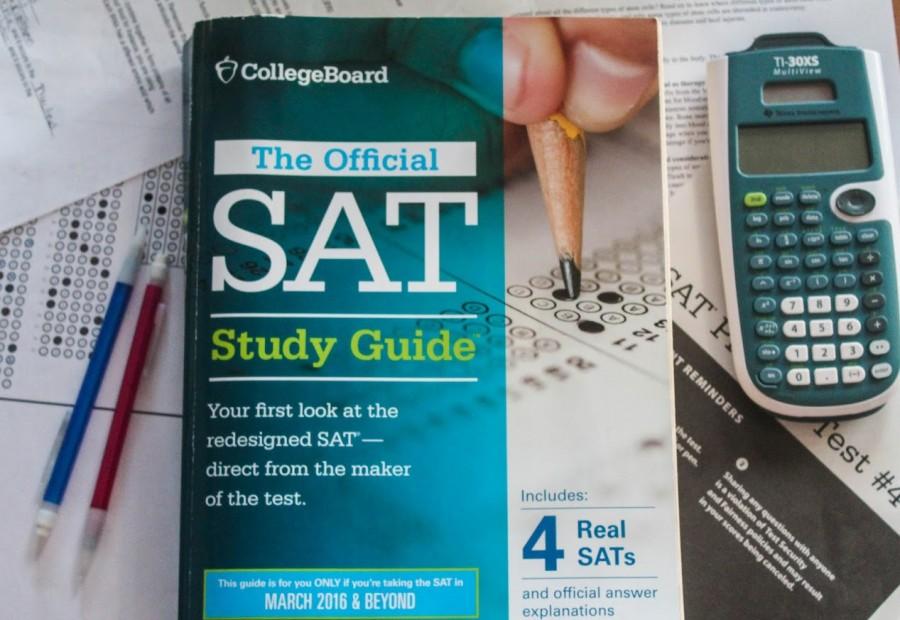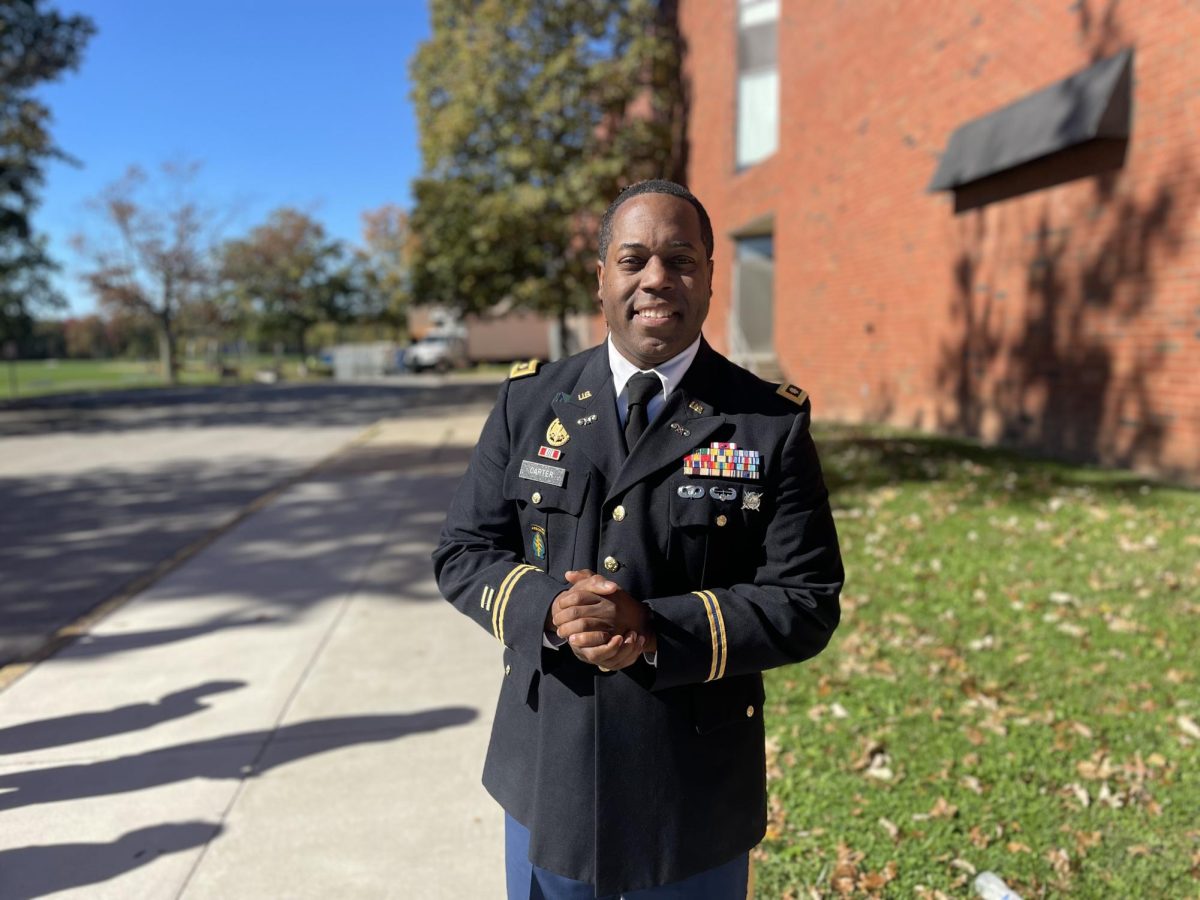March SAT Features Major Changes
December 18, 2015
So you may have heard that College Board has changed the SAT, but aren’t sure what that means. One of the SAT experts of Norristown Area High School, Mr. Fazzini, has some explanations concerning these big changes.
College Board decided to make these changes in order to create a model closer to the things students learn in school. College Board says, “It’s about the every day”. College Board claims to be making their SAT closer to the information taught in school.
One of the main changes to the test is the essay, formerly a 25 minute essay that explained a point of view and supported it with evidence from readings, studies, experiences, and observations. College Board claims on their website that test takers will be asked to “Read a passage. Explain how the author builds an argument to persuade an audience. Support [the] explanation with evidence from the passage.” Mr. Fazzini compares the new essay requirements to those more like Advanced Placement (AP) style evidence-based writing prompts. This new SAT gives students the opportunity to choose whether or not they participate in the writing portion of the test.
In terms of timing for the updated test, the subjects will no longer be broken up into 25 minute sections. Instead, one can expect to see blocks of either math, reading, or writing. Another big change: there is now a no calculator section. Prepare for mental math folks!
An important change future test takers need to keep in mind are graphs. College Board will now include questions that involve interpreting data that is organized in graphs and charts in addition to the other reading and math questions.
Indeed, this seems overwhelming and many students are wondering how to prepare. According to Mr.Fazzini, “The best thing to do is use the study guides on collegeboard.org. They provide free questions as well as links to other resources and books you can use to plan.” Another important thing to do is look at both the ACT and the SAT in order to determine what test is right for you. Once found, spend the time to sit down and study with materials in order to achieve desired results.


